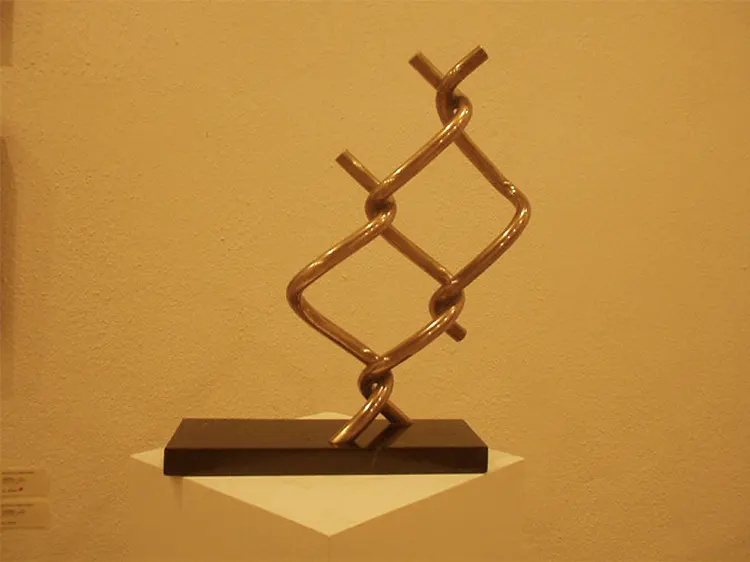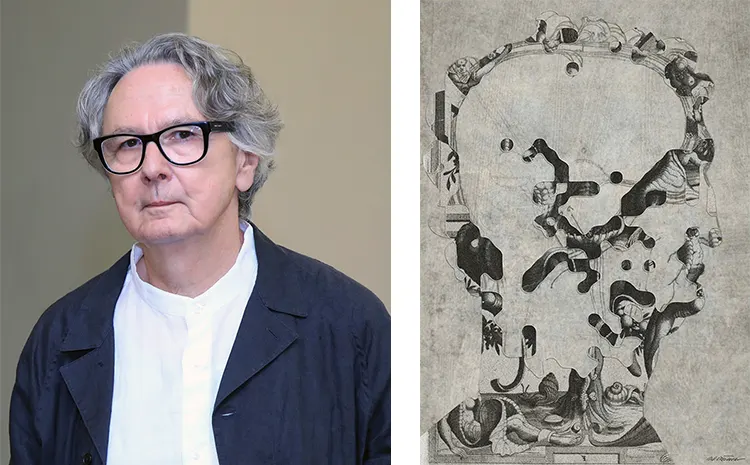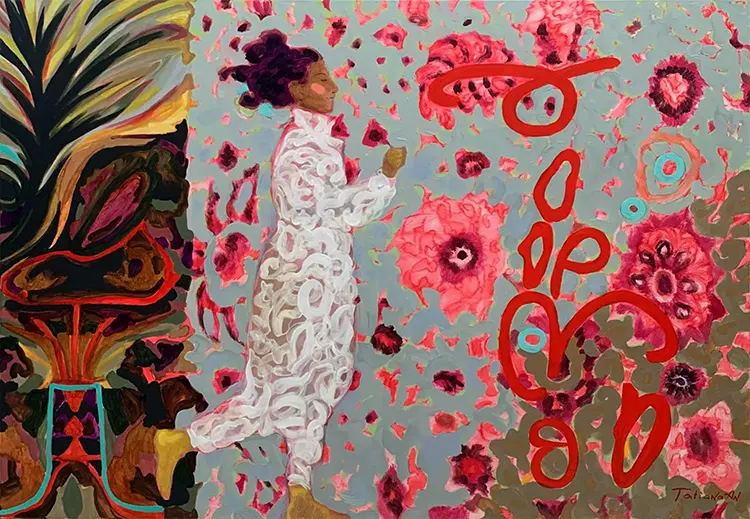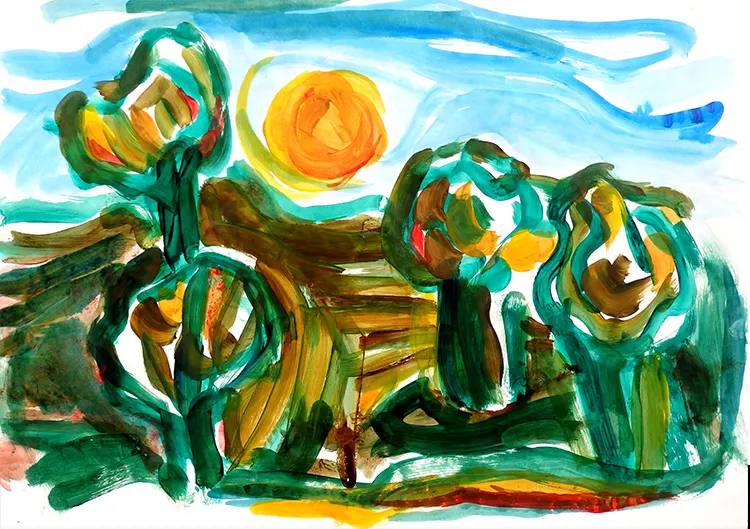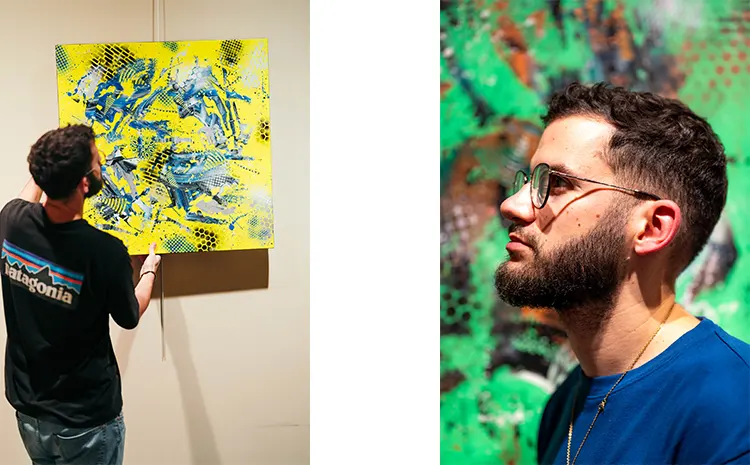The post Mirso Bajramovic: Unveiling the Universal in the Personal appeared first on AATONAU!.
“We owe our very humanity to seeing the face of the other.”
From Sarajevo to Gennep: The Artistic Journey of Mirso Bajramovic
Mirso Bajramovic‘s journey in the world of art is as intriguing as it is inspiring. Born in the vibrant city of Sarajevo, then part of Yugoslavia, Bajramovic embarked on his artistic odyssey at the University of Sarajevo, immersing himself in the study of architecture from 1973 to 1977. This foundation in architectural principles laid the groundwork for his unique approach to visual arts. However, it was in Dubrovnik that his career as an artist truly began, marking the start of a journey that would eventually lead him to the Netherlands in 1986.
Since moving to the Netherlands, Bajramovic’s artistry has flourished. He became a member of the Dutch GBK Artist association in 1993, a testament to his integration and acceptance in the Dutch art scene. His work, characterized by a deep exploration of societal themes such as race, class, sexual identity, and religion, has been displayed in over thirty solo exhibitions across Europe. Bajramovic believes in the power of art to bridge societal divides, seeing it as a crucial tool in justice mediation and fostering unity among diverse perspectives. This belief is not just theoretical; it permeates through every stroke of his brush, making his artwork a compelling blend of social commentary and aesthetic appeal.

Exploring Humanity Through ‘KOPSTUKKEN’ and ‘ABOUT PORTRAIT’
One of Bajramovic’s most notable series is “KOPSTUKKEN,” a collection of larger-than-life faces set against stark black backgrounds. These monochrome faces are not mere portraits but are rather universal representations of human features. Drawing inspiration from French philosopher Levinas, Bajramovic views the human face as the gateway to understanding our shared humanity and the consciousness of others. His paintings in this series, which he aptly calls ‘headpieces,’ delve into the mysteries of human consciousness and the inherent dignity of the individual.
“ABOUT PORTRAIT,” another central theme in Bajramovic’s work, showcases his fascination with the human face’s unique expressiveness. The faces in these paintings, often rendered in monochrome and featuring a chiaroscuro effect, resemble masks or totems emerging from darkness. This series explores the ambiguity of human expression, inviting viewers to engage with the artwork on a personal level, seeing reflections of themselves in the faces Bajramovic paints. Each piece in this series is a testament to his belief in the mythical and real aspects of human faces, presenting a canvas where viewers can project their interpretations and understandings.
Both these series demonstrate Bajramovic’s unique ability to capture the essence of humanity through his art. His integration into Dutch society, despite his Bosnian origins, further enriches his perspective, allowing him to create art that transcends geographical and cultural boundaries. Fluent in Dutch and the local Gennep dialect, Bajramovic’s life and art are a harmonious blend of different cultures, reflecting his contemplations on the role of nationality in art. His works speak a universal language, appealing to a wide audience while raising profound questions about identity and belonging in the contemporary art world.

The Universal Language of Bajramovic’s Art
Mirso Bajramovic’s art transcends the conventional boundaries of nationality and culture, speaking a language that is universally understood and appreciated. This universality is deeply embedded in his approach to painting, where he explores themes that resonate with a global audience. His work, though deeply rooted in his personal experiences and cultural background, reaches out to address universal human concerns and emotions. This aspect of his art is especially evident in his exploration of the human face, a subject that is intrinsically relatable to people from all walks of life.
The ability of Bajramovic’s art to communicate across cultural and geographical divides is a remarkable feat. Whether it is through his captivating series “KOPSTUKKEN” or the profound “ABOUT PORTRAIT,” his work invites viewers to embark on a journey of self-discovery and reflection. The faces in his paintings, with their varied expressions and ambiguous meanings, serve as mirrors for the audience, reflecting their fears, hopes, and dreams. It’s this connection between the art and the viewer that makes Bajramovic’s work so impactful. His paintings are not just visual experiences; they are dialogues between the artist and the audience, between the canvas and the viewer’s inner world.

Mirso Bajramovic: A Dutch Painter with Global Appeal
The question of national identity in art is a complex one, and Bajramovic’s work adds a fascinating dimension to this discussion. While he is of Bosnian origin, historical circumstances forced him to move to another country, to a completely different cultural background. As much as it may seem like an aggravating circumstance, it brought, on the other hand, certain benefits in his artistic development: he was simply forced to avoid anything ephemeral and local from the beginning and to turn towards the universal instead. Henceforth, Bajramovic’s art transcends national labels from the start. It ought to be repeated: he was forced from the beginning to free himself from the burden of national, parochial and local, which was a great stimulus for his art, in turn. He adopted the spiritual language of transformation and transcendence, where his work, as a reflection of this cross-cultural journey, embodied a fusion of history and geography, showing off a possible escape from its fatal grip. This fusion is perhaps what gives his art its universal appeal, allowing it to resonate with audiences far beyond the borders of the Netherlands, Bosnia and EU. In a world where art is often pigeonholed into national or regional categories, Mirso Bajramovic stands out as an artist whose work consciously opted for embracing the world.
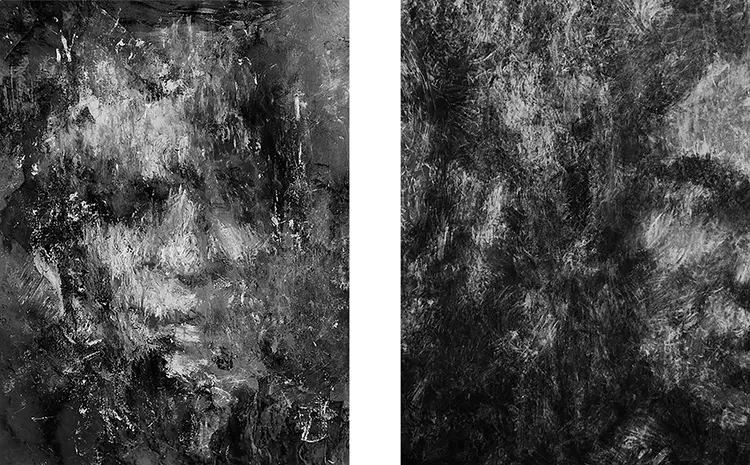
The post Mirso Bajramovic: Unveiling the Universal in the Personal appeared first on AATONAU!.




